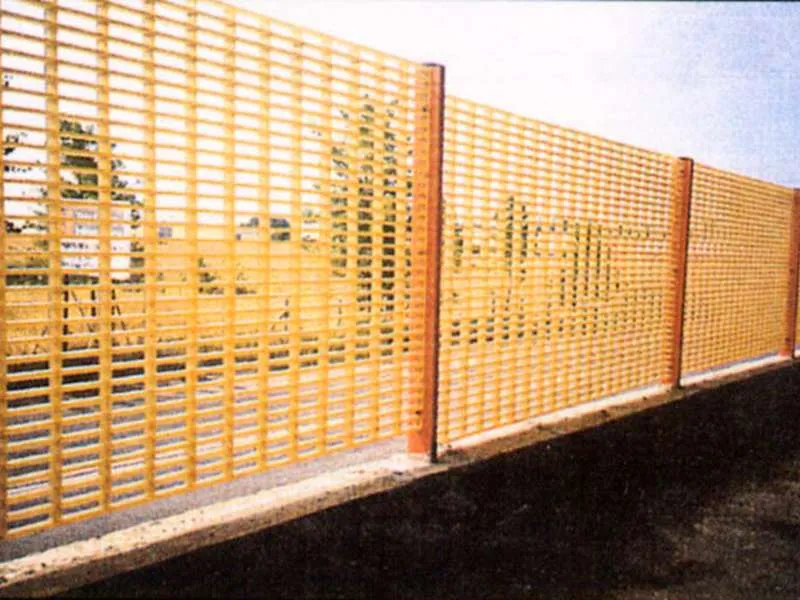
-
 Afrikaans
Afrikaans -
 Albanian
Albanian -
 Amharic
Amharic -
 Arabic
Arabic -
 Armenian
Armenian -
 Azerbaijani
Azerbaijani -
 Basque
Basque -
 Belarusian
Belarusian -
 Bengali
Bengali -
 Bosnian
Bosnian -
 Bulgarian
Bulgarian -
 Catalan
Catalan -
 Cebuano
Cebuano -
 China
China -
 China (Taiwan)
China (Taiwan) -
 Corsican
Corsican -
 Croatian
Croatian -
 Czech
Czech -
 Danish
Danish -
 Dutch
Dutch -
 English
English -
 Esperanto
Esperanto -
 Estonian
Estonian -
 Finnish
Finnish -
 French
French -
 Frisian
Frisian -
 Galician
Galician -
 Georgian
Georgian -
 German
German -
 Greek
Greek -
 Gujarati
Gujarati -
 Haitian Creole
Haitian Creole -
 hausa
hausa -
 hawaiian
hawaiian -
 Hebrew
Hebrew -
 Hindi
Hindi -
 Miao
Miao -
 Hungarian
Hungarian -
 Icelandic
Icelandic -
 igbo
igbo -
 Indonesian
Indonesian -
 irish
irish -
 Italian
Italian -
 Japanese
Japanese -
 Javanese
Javanese -
 Kannada
Kannada -
 kazakh
kazakh -
 Khmer
Khmer -
 Rwandese
Rwandese -
 Korean
Korean -
 Kurdish
Kurdish -
 Kyrgyz
Kyrgyz -
 Lao
Lao -
 Latin
Latin -
 Latvian
Latvian -
 Lithuanian
Lithuanian -
 Luxembourgish
Luxembourgish -
 Macedonian
Macedonian -
 Malgashi
Malgashi -
 Malay
Malay -
 Malayalam
Malayalam -
 Maltese
Maltese -
 Maori
Maori -
 Marathi
Marathi -
 Mongolian
Mongolian -
 Myanmar
Myanmar -
 Nepali
Nepali -
 Norwegian
Norwegian -
 Norwegian
Norwegian -
 Occitan
Occitan -
 Pashto
Pashto -
 Persian
Persian -
 Polish
Polish -
 Portuguese
Portuguese -
 Punjabi
Punjabi -
 Romanian
Romanian -
 Russian
Russian -
 Samoan
Samoan -
 Scottish Gaelic
Scottish Gaelic -
 Serbian
Serbian -
 Sesotho
Sesotho -
 Shona
Shona -
 Sindhi
Sindhi -
 Sinhala
Sinhala -
 Slovak
Slovak -
 Slovenian
Slovenian -
 Somali
Somali -
 Spanish
Spanish -
 Sundanese
Sundanese -
 Swahili
Swahili -
 Swedish
Swedish -
 Tagalog
Tagalog -
 Tajik
Tajik -
 Tamil
Tamil -
 Tatar
Tatar -
 Telugu
Telugu -
 Thai
Thai -
 Turkish
Turkish -
 Turkmen
Turkmen -
 Ukrainian
Ukrainian -
 Urdu
Urdu -
 Uighur
Uighur -
 Uzbek
Uzbek -
 Vietnamese
Vietnamese -
 Welsh
Welsh -
 Bantu
Bantu -
 Yiddish
Yiddish -
 Yoruba
Yoruba -
 Zulu
Zulu
Exploring the Dynamics of Frp Transition in Modern Applications
The Dynamics of FRP Transition Understanding its Implications and Applications
Fiber Reinforced Polymer (FRP) technology has revolutionized materials engineering, offering a lightweight, high-strength alternative to traditional materials like steel and concrete. As industries increasingly adopt FRP, the concept of FRP transition emerges, which encapsulates the processes, challenges, and advancements associated with shifting from conventional materials to FRP-based systems.
FRP transition is critical in various sectors, including construction, automotive, aerospace, and marine industries. The unique properties of FRP—such as its corrosion resistance, high tensile strength, and versatility in design—make it an attractive option for applications that require durability and longevity. For instance, in civil engineering, FRP reinforcing bars can substitute steel in concrete structures, enhancing resistance to environmental factors while reducing overall structure weight.
The Dynamics of FRP Transition Understanding its Implications and Applications
Moreover, the transition to FRP often requires a paradigm shift in engineering design and construction practices. Engineers and architects must become familiar with FRP properties to exploit its full potential. This includes understanding the material's behavior under different loads and environmental conditions, which may differ from that of traditional materials. Educational institutions and professional organizations thus play a crucial role in providing training and resources to facilitate this transition, ensuring that the workforce is equipped with the necessary skills and knowledge.
frp transition

Financial implications also play a significant role in the FRP transition process. While the initial costs associated with FRP materials can be higher than traditional options, the long-term benefits—such as reduced maintenance costs and extended service life—often justify the investment. For example, structures utilizing FRP can have significantly lower lifecycle costs due to their resistance to corrosion and fatigue. As awareness of these benefits increases, more stakeholders are inclined to consider FRP as a viable alternative.
There are also regulatory and certification challenges associated with FRP transition. Since FRP materials are relatively newer to the market, standards and guidelines for their use may not be as well established as those for traditional materials. Regulatory bodies must develop comprehensive frameworks to ensure safety, performance, and sustainability. This involves rigorous testing and validation processes to build confidence among engineers, builders, and end-users about the reliability of FRP materials.
The environmental impacts of transitioning to FRP should not be overlooked, either. As industries strive for more sustainable practices, FRP presents an opportunity to reduce the carbon footprint associated with construction. Many FRP materials are made from renewable resources, and their lightweight nature can lead to lower energy consumption during transportation and installation.
In conclusion, the FRP transition represents a significant shift in how industries approach material selection and utilization. Its implications stretch across various domains, influencing engineering design, financial assessments, regulatory frameworks, and environmental sustainability. As technology advances and more stakeholders recognize the benefits of FRP, its integration into mainstream applications is likely to increase. The journey may entail challenges, but the rewards of adopting FRP technology promise to redefine the future of construction and manufacturing, making it a topic worth exploring and investing in.
Latest news
-
Exploring the Benefits of Top Hammer Drifter Rods for Enhanced Drilling PerformanceNewsJun.10,2025
-
High-Precision Fiberglass Winding Machine for GRP/FRP Pipe Production – Reliable & Efficient SolutionsNewsJun.10,2025
-
FRP Pipes & Fittings for Shipbuilding - Corrosion-Resistant & LightweightNewsJun.09,2025
-
Premium FRP Flooring Solutions Durable & Slip-ResistantNewsJun.09,2025
-
Premium Fiberglass Rectangular Tanks Durable & Lightweight SolutionNewsJun.09,2025
-
Tapered Drill String Design Guide Durable Performance & UsesNewsJun.09,2025









